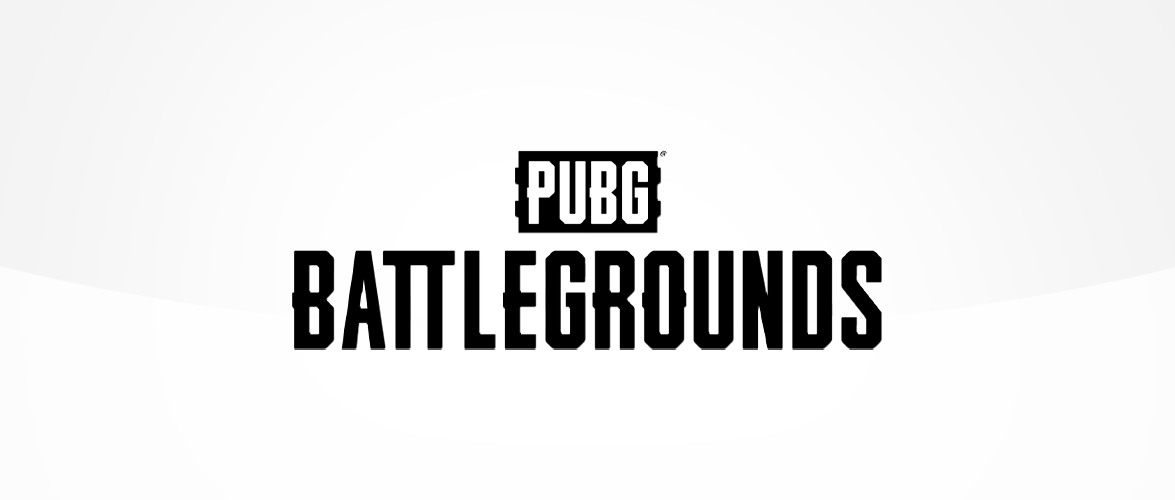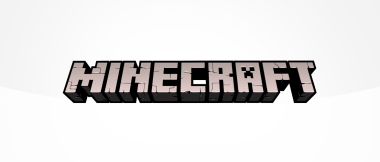PlayerUnknown’s Battlegrounds (PUBG)
Multiplayer, survival-based games (battle royale games) have seen a meteoric rise in popularity over the last few years and PlayerUnknown’s Battlegrounds (PUBG) – the game that arguably kicked off the craze together with Fortnite – is still going strong.
So what makes the game so popular, and how safe is it for children? Here’s everything you need to know about PUBG.
![]()
What is PlayerUnknown’s Battleground?
PUBG has a classic battle royale set-up. 100 players are dropped onto an island in teams of four, and have to scavenge resources and eliminate the competition until they’re the last ones standing.
As the game progresses, the 'safe' area become smaller, making it increasingly difficult for remaining players to survive.
You can play PUBG on most consoles, including PC, although its mobile version is probably the most popular as in the past it was the only free-to-play version. As of January 2022, PUBG is now available for free on all devices, although it still includes some paid-for elements.
PUBG has an age rating of 16+.
Why is it so popular?
Since PUBG went free-to-play across the board, it has seen a spike in downloads. The lack of cost, and the ability to play in teams of four with friends, makes it very popular among school-age children.
It also has a strong focus on gunplay, which is great for honing your technical gaming skills.
Listen to Parent Zone's podcast, Tech Shock.
What do parents need to be aware of?
Violence
The game is not gory as such, but it revolves around killing other players with a variety of guns, so it has been given a 16+ rating by PEGI. You might want to look up some videos of the game when deciding if you think PUBG will be age-appropriate, or even playing it yourself. You can find out more about PEGI ratings here.
In-game chat
PUBG has an in-game chat function. Often you will be playing with strangers online, and although this is not harmful in and of itself, difficult situations could arise when a match enters its tense final moments.
Teammates can communicate either via voice or text chat and there’s a chance that your child might be exposed to some bad language if the match is going south. Some players on PUBG Mobile are very competitive and there’s a chance that an inexperienced player might receive some verbal abuse if they can’t keep up.
Players can be muted from the menu on the right side of the screen. You can find out more about in-game chat here.
Micro-transactions
Although PUBG is now free-to-play, there are some extra aspects that require payment.
Players can purchase a one-time upgrade called Battlegrounds Plus that gives them access to extra battle modes and special items. There are also microtransactions within the game which allow players to purchase loot boxes for 'skins' and other aesthetic additions with real money, which they convert into Battle Points.
While PUBG states that these are purely aesthetic and do not affect gameplay, there are additional risks to keep in mind. PUBG is a multiplayer game, and a lot of children may feel pressured by other players or their peers into spending money on loot boxes to get new items. Research has shown that loot boxes promote gambling behaviours in children and can have a very damaging effect, even for older children aged over 16.
Reporting and blocking functions
If you find something uncomfortable in a PUBG game, you can report it at the end of a match.
When the player is on the end-of-match results screen, there’s a small button with a red outline in the bottom-left corner that says ‘Report’. Tap the button, select the squad member responsible and give a brief description of their behaviour.
You can block a player, you can go to the 'friends' list and click on the 'message' section.
Spot something that doesn't look quite right? You can email librarian@parentzone.org.uk to submit comments and feedback.


